Antioxidants impair anti-tumoral effects of Vorinostat, but not anti-neoplastic effects of Vorinostat and caspase-8 downregulation
- PMID: 24651472
- PMCID: PMC3961419
- DOI: 10.1371/journal.pone.0092764
Antioxidants impair anti-tumoral effects of Vorinostat, but not anti-neoplastic effects of Vorinostat and caspase-8 downregulation
Abstract
We have recently demonstrated that histone deacetylase inhibitor, Vorinostat, applied as a single therapy or in combination with caspase-8 downregulation exhibits high anti-tumoral activity on endometrial carcinoma cell lines. In the present study, we have assessed the signalling processes underlying anti-tumoral effects of Vorinostat. Increasing evidence suggests that reactive oxygen species are responsible for histone deacetylase inhibitor-induced cell killing. We have found that Vorinostat induces formation of reactive oxygen species and DNA damage. To investigate the role of oxidative stress as anti-neoplastic mechanism, we have evaluated the effects of different antioxidants (Bha, Nac and Tiron) on endometrial carcinoma cell line Ishikawa treated with Vorinostat. We show that Bha, Nac and Tiron markedly inhibited the cytotoxic effects of Vorinostat, increasing cell viability in vitro. We found that all three antioxidants did not inhibited accumulation of acetyl Histone H4, so that antioxidants did not inhibit Vorinostat activity. Finally, we have evaluated the effects of antioxidants on anti-tumoral activity of Vorinostat as monotherapy or in combination with caspase-8 downregulation in vivo. Interestingly, antioxidants blocked the reduction of tumour growth caused by Vorinostat, but they were unable to inhibit anti-tumoral activity of Vorinostat plus caspase-8 inhibition.
Conflict of interest statement
Figures
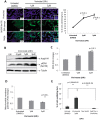
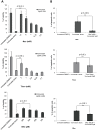
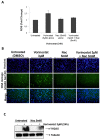

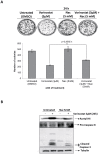
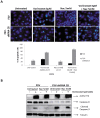
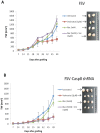
References
-
- Marks P, Rifkind RA, Richon VM, Breslow R, Miller T, et al. (2001) Histone deacetylases and cancer: causes and therapies. Nat Rev Cancer 1: 194–202. - PubMed
-
- Guasconi V, Ait-Si-Ali S (2004) Chromatin dynamics and cancer. Cancer Biol Ther 3: 825–830. - PubMed
-
- Gilbert J, Gore SD, Herman JG, Carducci MA (2004) The clinical application of targeting cancer through histone acetylation and hypomethylation. Clin Cancer Res 10: 4589–4596. - PubMed
Publication types
MeSH terms
Substances
LinkOut - more resources
Full Text Sources
Other Literature Sources
Medical

